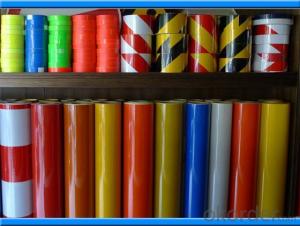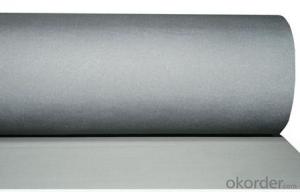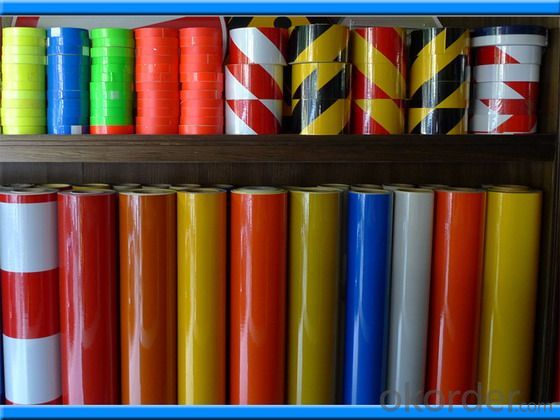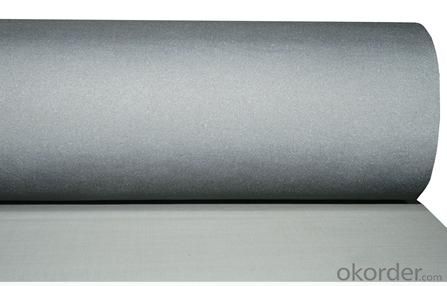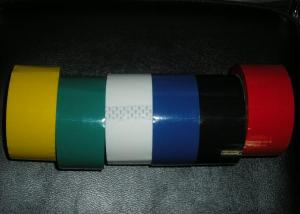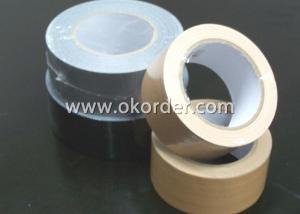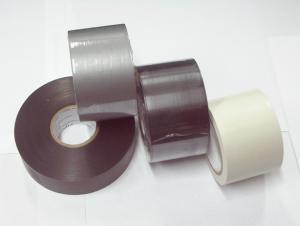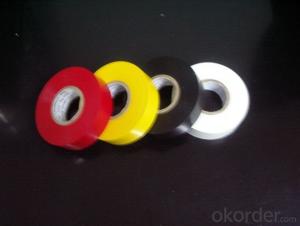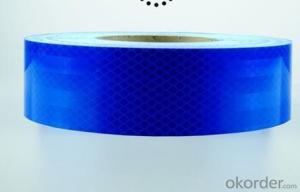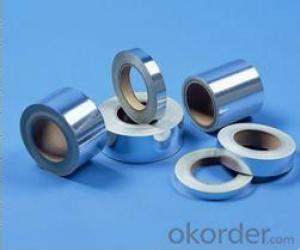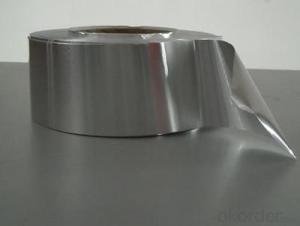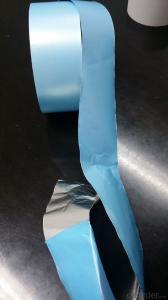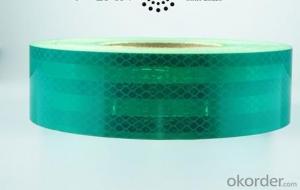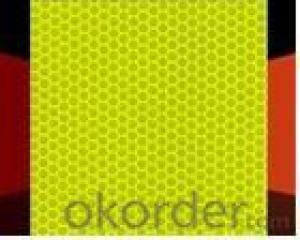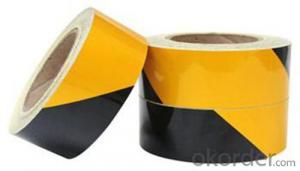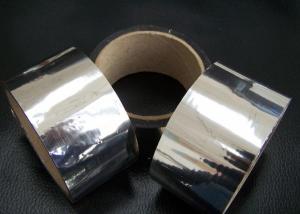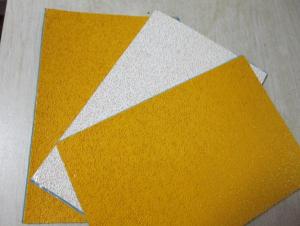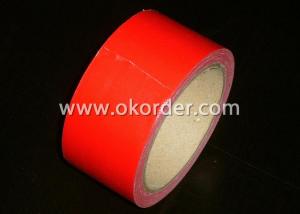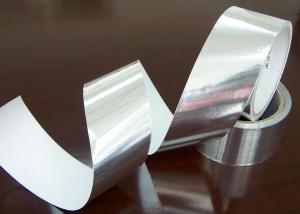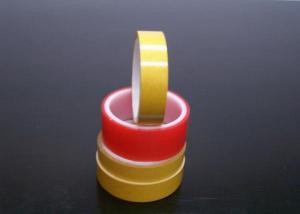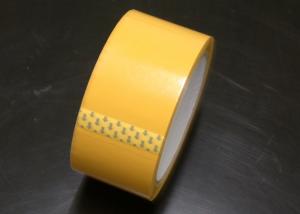Pmma Prismatic Retroreflective Film Adhesive Tape
- Loading Port:
- China Main Port
- Payment Terms:
- TT OR LC
- Min Order Qty:
- -
- Supply Capability:
- -
OKorder Service Pledge
OKorder Financial Service
You Might Also Like
Product Information
Adhesive Reflector useSAE A and DOT approved reflex reflectors to reduce cost in your reflectorapplication program. These reflectors are easy to install, cannot be knockedoff like plastic reflectors, and save time with their quick peel & stickapplication. Our reflectors feature a highly reflective prismatic lenses in adurable transparent resin. The backing is coated with a permanent aggressivepressure sensitive adhesive with a clear poly easy remove liner.
· Low profile and not easily knockedoff
· Meets and exceeds DOT and SAE-Arequirements for reflex-reflectors
· Superior angularity beyond 60°
· Prismatic lenses in a durabletransparent synthetic resin
· Pressure sensitive adhesive and clearpoly liner
· More reflectors available in red,amber, round and rectangle styles
Specification
Adhesive Reflector | ||
Adhesive | Permanent pressure sensitive adhesive | |
Face Film | PMMA prismatic retro reflective film | |
Total Thickness | 19-22MIL | |
Liner | Clear poly liner | |
Tape Application: | Minimum application temperature 100C (500F) Surface must be clean, flat and free from dust, dirt, oil, wax, silicone. | |
Certification: | Reflectivity meets or exceeds SAE J592 A | |
Operational Temperature | Room Temperature | |
Shelf Life: | One year from date of purchase when stored at 700F, 50% relative humidity. | |
Size | 2"x3-1/2" |
|
Parameter
Warranted PhotometricPerformance: Minimum candlepower per incident foot candle for a reflexreflector.
Observation Angle | Entrance Angle | Red | Amber |
0.2 degree | 0 degree | 11 | 18 |
10 degree up | 9 | 15 | |
10 degree Down | 9 | 15 | |
20 degree Left | 7 | 11.5 | |
20 degree Right 7 | 11.5 | 17.5
| |
1.5 degree | 0 degree | 0.9 | 1.5 |
10 degree Up | 0.09 | 0.15 | |
10 degree Down | 0.09 | 0.15 | |
20 degree Left | 0.08 | 0. 13 | |
20 degree Right | 0.08 | 0.13 |
Colors& Specification Limits (Daytime)
The initial daytime(Illuminant A light source) color shall conform to the requirements identifiedin the table below. Tested in accordance to SAE J578 test method 4.1.3 45/0 (orequivalent 0/45) geometrics, CIE Illuminant A, and the 1931 CIE 2-degree standardobserver. Values are based off of calculations and are only estimates. Refer toSAE J578 for details
Color | 1x / 1y | 2x / 2y | 3x / 3y | 4x / 4y |
Red | 0.67 / 0.33 | 0.65 / 0.33 | 0.736 / 0.264 | 0.716 / 0.262 |
Amber | 0.61 / 0.39 | 0.597 / 0.39 | 0.545 / 0.425 | 0.56 / 0.44 |
Stick-on reflectors mountto any clean surface
Low profile – can’t beknocked off like
Molded reflectors
All reflectors marked
With SAE A DOT
Easy application and longterm durability
- Q: Can packaging tape be used for sealing plastic toolboxes?
- Indeed, plastic toolboxes can be effectively sealed using packaging tape. Specifically crafted to securely seal boxes and packages, packaging tape exhibits versatility by being suitable for various materials, including plastic. It delivers a robust and long-lasting seal capable of enduring regular handling and transportation. Nevertheless, for extended storage or heavy-duty purposes, it is advisable to opt for a more robust and specialized tape, like duct tape or strapping tape, as they provide enhanced durability and adhesion.
- Q: Can packaging tape be used for sealing packages for shipping?
- Indeed, packaging tape serves the purpose of sealing packages intended for shipping. With its specialized design, packaging tape effectively secures packages, guaranteeing their integrity throughout the transit process. It establishes a robust and long-lasting connection that can withstand the challenges posed by shipping and handling. Whether you're dispatching small or large packages, packaging tape becomes a vital instrument to guarantee the proper sealing and safeguarding of your items as they embark on their journey.
- Q: Ordinary electrician tape, glossy, black, plastic like, waterproof tape?
- The electric adhesive tape is a kind of PVC insulation tape with good performance and economical practicability. It has good abrasion resistance, moisture resistance, acid and alkaline resistance and environmental changes (including ultraviolet). The PVC tape has a high dielectric strength. Better mechanical protection can be obtained with good shape and less dosage.
- Q: What are the colors of the cloth?
- There are many colors of brown cloth, brown, black, white, silver, red
- Q: Is the adhesive tape for the electrician plastic?
- Electrical tape is called polyvinyl chloride electrical insulation adhesive tape, and some people call it electrical insulation tape or insulating tape. Abbreviated: PVC electrical tape, PVC tape and so on. With insulation, fire resistance, voltage resistance good, cold resistance, suitable for wire winding insulation, transformer, motor, fixed capacitors, voltage regulator and other types of electrical and electronic parts. There are red, yellow, blue, white, green, black, transparent and other colors.
- Q: Why can't the BOPP tapes be stored after slitting?
- Not can not inventory, but there is a time limit, because the tape glue put a long time will die glue, when the pull can not open, there is no way to use
- Q: Is packaging tape resistant to chemicals or solvents?
- Yes, packaging tape is typically resistant to chemicals and solvents.
- Q: Can packaging tape be used for sealing electrical or wiring components?
- No, packaging tape should not be used for sealing electrical or wiring components. Packaging tape is not designed to provide insulation or protection against electrical currents. It lacks the necessary properties to ensure the safety and reliability of electrical connections. It is important to use appropriate electrical tape or other specialized materials that are specifically designed for sealing and insulating electrical components.
- Q: Does packaging tape come in different patterns or designs?
- Yes, packaging tape does come in different patterns and designs.
- Q: What are the use of cloth tape?
- Buji tape is widely used: 1, can be marked, shielding, protection, sealing
Send your message to us
Pmma Prismatic Retroreflective Film Adhesive Tape
- Loading Port:
- China Main Port
- Payment Terms:
- TT OR LC
- Min Order Qty:
- -
- Supply Capability:
- -
OKorder Service Pledge
OKorder Financial Service
Similar products
Hot products
Hot Searches
